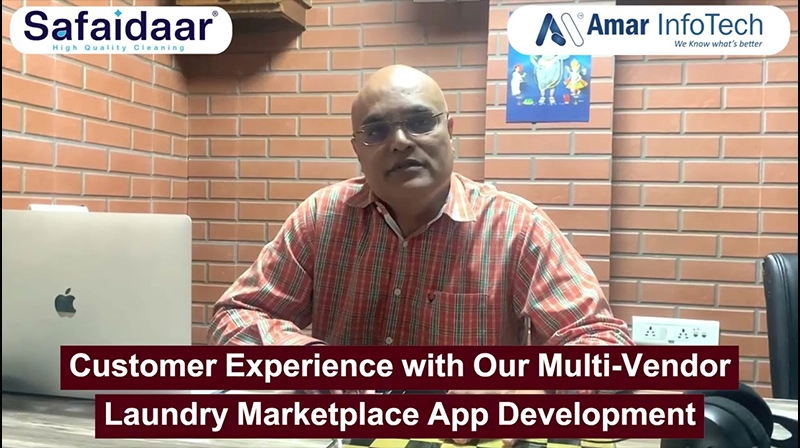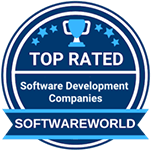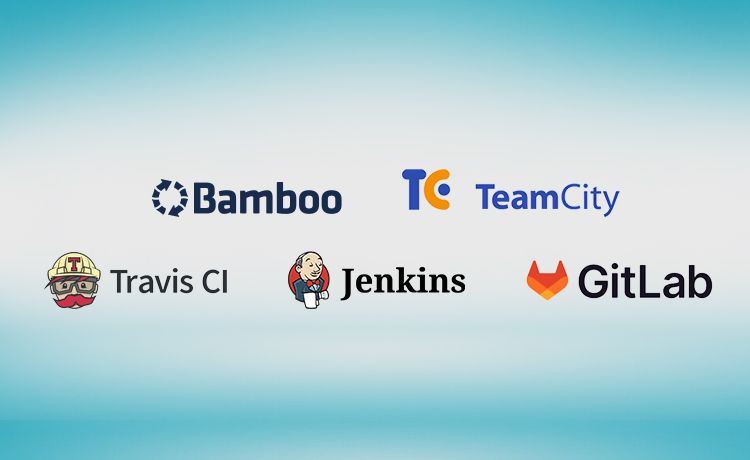One of the ways to integrate with external systems is using the Extract, Transform, Load (ETL) system. The ETL system creates databases which can be accessed directly by 3rd party tools and solutions. It also allows scheduled execution of transformation scripts on the Data Center Operation server. Together this gives the ability to extract and enter data on the Data Center Operation server.
Being an experienced provider of ETL services India, Amar InfoTech has time again stay on top of the recent developments and adopted the recent best practices and new technologies used in the ETL process.
ETL can be an incredibly complex process, and there are some inherent challenges. Keep these challenges in mind, and how they may affect your business, as you choose an ETL product. Different products take different approaches, but what you select depends on your business requirements and how you use data.
ETL Process
EXTRACT
The data from its original source, whether that is another database or an application
TRANSFORM
Data by cleaning it up, deduplicating it, combining it, and otherwise getting ready to.
LOAD
The data into the target database.
Managing ETL Process
The ETL process seems quite straightforward. As with every application, there is a possibility that the ETL process fails. This can be caused by missing extracts from one of the systems, missing values in one of the reference tables, or simply a connection or power outage. Therefore, it is necessary to design the ETL process keeping fail-recovery in mind.
Who uses ETL?
ETL tools are often visual design tools that allow companies to build the program visually, versus just with programming techniques. For the most part, enterprises and companies that need to build and maintain complex data warehouses will invest in ETL and ETL tools, but other organizations may utilize them on a smaller scale, as well.
Why use ETL?
Since it was first introduced almost 50 years ago, businesses have relied on the ETL process to get a consolidated view of their data. ETL allows organizations to analyze data that resides in multiple locations in a variety of formats, streamlining the reviewing process and driving better business decisions.
Benefits of ETL
- Transforms data from multiple sources and loads it into various targets
- Provides deep historical context for businesses
- Allows organizations to analyze and report on data more efficiently and easily
- Increases productivity as it quickly moves data without requiring the technical skills of having to code it first
- Evolves and adapts to changing technology and integration guidelines































